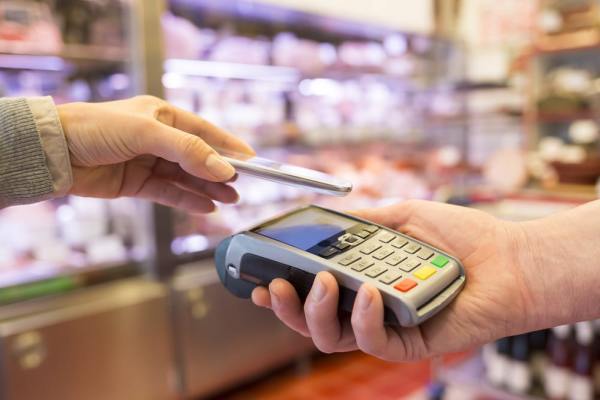Published on the 05/11/2020 | Written by Heather Wright

Live commerce, 2D/3D visuals, enterprise marketplaces – welcome to the brave new world of commerce…
Business success in a post-pandemic world will require rethinking of digital commerce with visual configuration tools, live commerce and B2B consumerisation coming to the fore due to long term changes in buying behaviour of both people and businesses.
Gartner has laid out five areas of digital commerce it says will change due not only to shifting customer buying behaviour, but the accelerated digital investment seen in response to the pandemic.
Companies that have operated enterprise marketplaces for more than one year will see at least 10 percent increase in digital revenue.
Sandy Shen, Gartner senior research director, says digital commerce has played an important role during the pandemic by enabling organisations to continue serving customers.
“Some customer behavioural changes, such as shopping online and becoming more health- and safety-conscious, will be long term,” Shen says.
“Measures implemented by organisations during the pandemic, such as enabling new go-to-market models and new types of customer engagement are likely to remain, thus evolving digital commerce.”
Contactless commerce
Unsurprisingly, contactless commerce tops Gartner’s list. Whether it’s Apple Pay or NFC chips in cards, contactless purchasing has become a preferred way of purchasing during Covid, and Gartner predicts that by 2024, 80 percent of ordering and replenishment will be touchless for most organisations.
And it won’t just be at the grocery store that customers want contactless checkout with Gartner saying contactless will extend from payments to pickup and delivery to commerce operations such as store-level merchandising, pricing and pick and pack at warehouses. Robotics, artificial intelligence and computer vision are expected to assist employees in their contactless efforts.
Going 2D and 3D
It’s been talked about for long enough, but despite the hype ‘visual configuration’ tools enabling customers to see 2D or 3D representations of products, haven’t hit the mainstream. In fact, Gartner says it’s ‘lightly adopted’ with less than 1,500 deployments globally.
Enter Covid, and an inability to shop in person and wariness about handling samples, and software vendors are already reporting a ‘significant’ uptake in business.
Visual representations of products customers want to order, right down to any specific options and features they’ve selected, could reduce the need for samples and showrooms and enable more customer self-service when buying configurable products, Gartner says.
Live video streaming commerce
Chinese organisations were quick to turn not livestreaming platforms, such as Douyin and Kuaishou, when Covid saw their businesses shut down.
Live video streaming, which enables companies to demonstrate products and interact with shoppers in real time to encourage sales, might be in its early stages outside of China, but that’s changing. Gartner says brands that have leveraged livestreaming for selling or customer engagement are seeing early success.
“Some retailers are offering personalised shopping using live chat to help customers find the right products in their shops, though viewership and sales are still lagging at this stage.
B2B consumerisation
As younger generations take on buying positions in the workforce, they’re expecting the same customer experiences they can get form B2C shopping – think live chat, video chat, social and mobile apps.
“Technologies promoting intuitive user experience and anytime, anywhere availability of comprehensive buying and management functions will gain traction,” Gartner says.
Enterprise marketplaces
Want a 10 percent gain in digital revenue? Jump into the enterprise marketplace. Gartner’s predicting that by 2023 companies that have operated enterprise marketplaces for more than one year will see at least 10 percent increase in digital revenue.
The marketplaces, which enable third-party sellers to sell directly to end customers, represent not only a new set of technologies for driving digital commerce revenue, but also a fundamental business model change for commerce organisations, propelling them toward digital business, Gartner says. The payoff? Improved experiences for buyers and sellers, better efficiency in the buying and selling processes, more efficient supply chains and new revenue sources.
WhatsApp’s in-app shopping
Gartner’s outline of the digital commerce future comes as WhatsApp joins the commerce fray with in-chat purchasing.
Facebook had previously planned to insert ads into the messaging app, following it’s familiar monetisation path. However, earlier this year it abandoned those plans, which had proved controversial.
Instead the company will now focus on expanding in-app shopping, enabling user to check out availaible products and make purchases from chats.
WhatsApp says it will make it easier for businesses to integrate the in-app shopping features into their existing commerce and customer solutions.



























